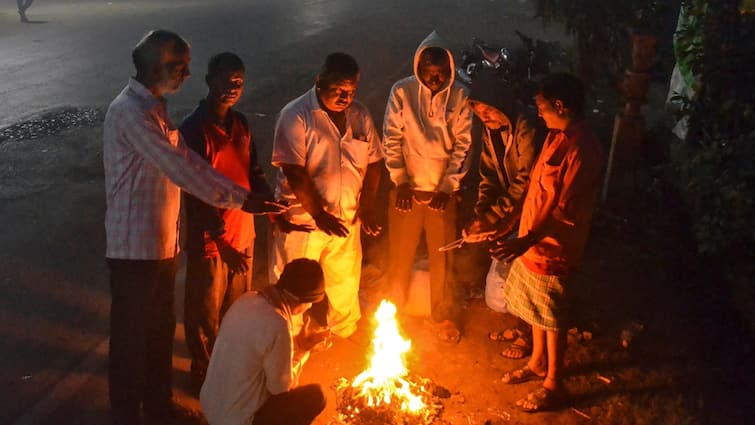Top meteorologists have cautioned that La Niña conditions may return later this year, raising the likelihood of a colder-than-usual winter in India.
The US National Weather Service’s Climate Prediction Centre on September 11 said there was a 71% chance of La Niña developing between October and December 2025. The probability dips to 54% for December–February 2026, but a La Niña Watch remains in force.
La Niña, the cooler phase of the El Niño–Southern Oscillation (ENSO) cycle, alters ocean temperatures in the equatorial Pacific and has wide-ranging impacts on weather worldwide. For India, it is often linked to below-normal winter temperatures.
La Nina To Develop During October-December
The India Meteorological Department (IMD), in its latest ENSO bulletin, said neutral conditions currently prevail over the Pacific, but added that the likelihood of La Niña increases post-monsoon. “Our models show a good probability of La Niña developing during Oct–Dec this year (over 50%). La Niña is usually associated with colder winters in India,” a senior IMD official said, adding that climate change could offset the severity to some extent.
Private forecaster Skymet Weather also noted signs of cooling in the Pacific. “The ocean is already cooler than normal, though not yet at La Niña thresholds. A short-lived La Niña episode cannot be ruled out,” said Skymet president GP Sharma. He added that cooler Pacific waters often translate to harsher winters and more snowfall in northern and Himalayan regions.
A 2024 study by IISER Mohali and Brazil’s National Institute for Space Research found La Niña conditions play a key role in triggering intense cold waves across north India. The research showed that La Niña years tend to witness longer and more frequent cold spells compared to El Niño and neutral phases.



